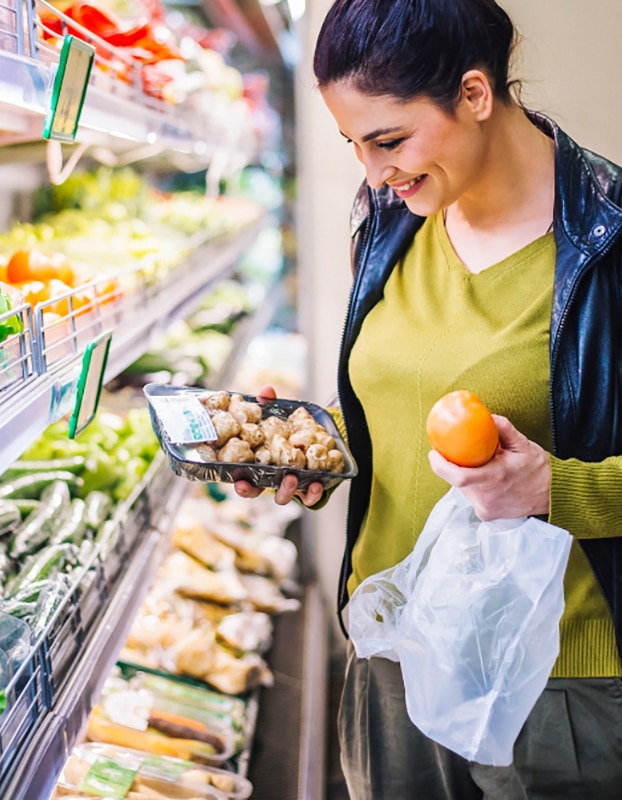Eating well when exercising is a golden rule if you are trying to reach a performance goal or, even at a more amateur level, if you hope to boost the effects of training.
Vegetables for being in shape on the big day
Just before a competition, it is usually recommended to reduce dietary fiber intake to prevent digestive discomfort. Digestive discomfort is linked to two phenomena: anxiety (increased adrenaline) and redistribution of blood flow toward the muscles, putting the digestive system in “rest mode.” Eating raw vegetables can therefore cause minor digestive issues. Choose cooked vegetables instead: carrots, potatoes, zucchini, asparagus tips, extra-fine green beans, winter squash, peeled tomatoes, and the white parts of leeks.
Menus of athletes
- Before or after jogging: a composed salad of legumes and cereals (corn, lentils) and vegetables (green beans, mushrooms, artichoke hearts).
- Before or while mountain biking: a ratatouille-and-ham sandwich on a roll.
- Before a marathon: Three hours beforehand, eat a plateful of dry legumes and vegetables, without meat. Chickpeas, zucchini, tomatoes, eggplant, onions, and carrots will provide the right balance to help you go the distance!
After exercising, more vegetables
People who exercise occasionally are familiar with the cramps that follow athletic activity, depending on its intensity. The cramps diminish with training, gentle stretching, and proper hydration, which prevents cramps linked to excess lactic acid in the muscles. Once again, it really makes sense to eat vegetable after a training session or a game! Rich in alkalinizing compounds, they help you recover under better conditions. So consider drinking a fruit or vegetable juice, for example, right after your exercise session. And plan for a vegetable-rich meal if you have been exercising intensely.



 Bean sprouts
Bean sprouts  Carott
Carott  Vegetable garden: growing rocket
Vegetable garden: growing rocket 









